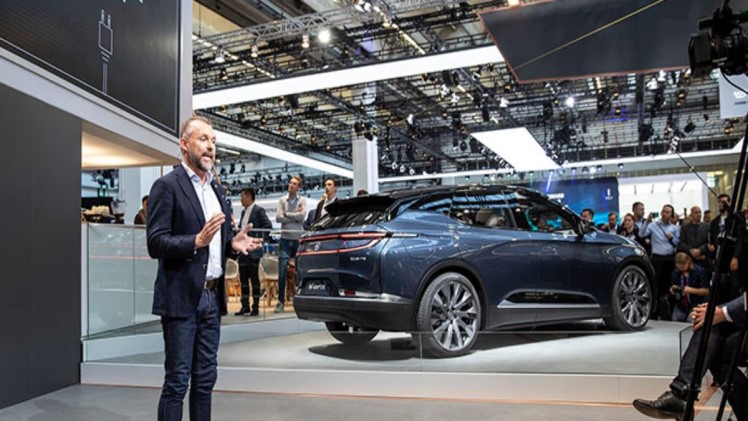The following is a simplified resume of transmissions typically used in model solar cars. It had previously been limited to gear and belt drives, as they were and still are the most commonly used systems in model cars, but has now been expanded to include direct drive. Please refer to standard Engineering texts for more detailed information.
You will need to know about: besthealthnews.
BELTS:
Belts are used extensively for various drives in industry, automobile and domestic applications. Power transmitted can be high with the use of multiple belts. SOME ADVANTAGES OF BELTS:
- High efficiency up to 97% possible (Marks Handbook for Engineers) though may be difficult to obtain when scaled down to model solar car sizes and powers.
- Large centre distance between shafts possible.
- Will tolerate misalignment much better than gears. (Consequently ratio changes are easier than gears).
- Pulleys much easier and cheaper to make than gears (meaning that many ratio changes can be available at lower cost).
SOME DISADVANTAGES OF BELTS:
- Always run with some slip or creep so will not guarantee constant angular velocity or angular velocity ratio equal to the pulley diameter ratio.
- Can slip significantly if overloaded.
- Can break. BE CAREFUL: Belts on model solar cars present some special problems. When scaling down to the very small sizes and powers in the model car we cannot use ordinary belts. Our tests have shown that belt material is critical to success.
We tested ‘O’ rings and found they are very poor belts. The strength is great but efficiency is low, probably because of their stiffness, they waste a lot of energy in flexing the ‘O’ ring. · Tape recorder drive belts were better but preliminary tests show they are only about 82% efficient. · Rubber bands when tested gave poor efficiency apparently because of creep they stretch easily and this stretch represents lost energy.
Check out this site: theinteriorstyle to get more information
By the help of internet you can : watchcartoononline

